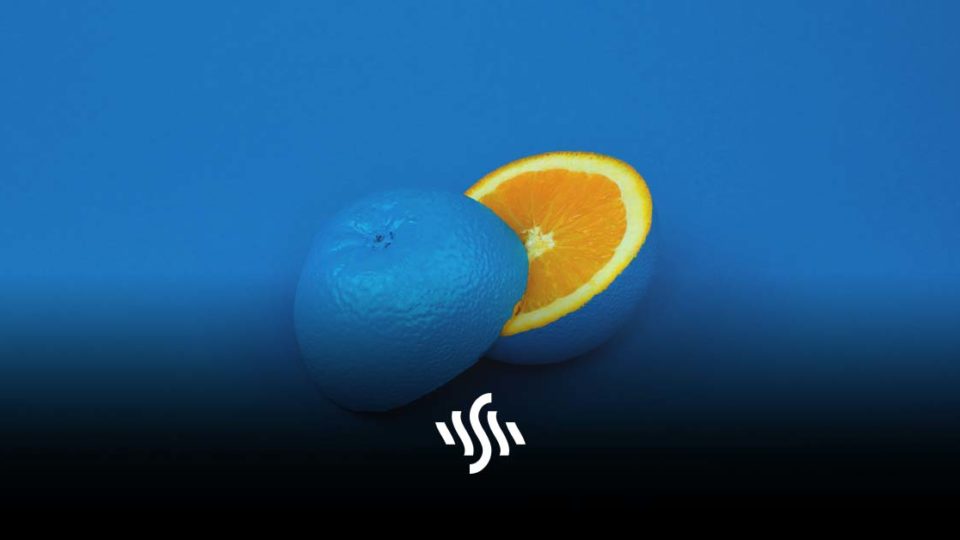Navigating Blue Monday with the Arts
Blue Monday (aka the most depressing day of the year) can be made brighter. We’re looking at how the arts and creativity can illuminate this classically gloomy day!
Studies have found that creative endeavours can improve mental health. Research shows that engaging with the arts has a positive impact on people, and links between arts and wellbeing have only become stronger in recent years. Since it’s the third January of the year, which is thought to be the bleakest of the days, we thought it would be cheering to highlight just how helpful art and creativity can be.
The last couple of Blue Mondays have been particularly trying. We’ve faced lockdowns, public health fears, all on top of ongoing uncertainty around what the future might look like. This year, Arts Council England has some warming news regarding social prescribing.
Social Prescribing
Social prescribing is when healthcare professionals refer people to help within the community. This is vital for taking strain off the NHS, where possible, whilst still ensuring people experiencing mental health and wellbeing issues receive the support they need.
Some of this work is thanks to an investment from the Thriving Communities Fund of £1.8 million. Since March 2021, Thriving Communities has been focussed on helping those who have been hit hardest by Covid-19. This includes cases of loneliness, isolation, as well as long-term health conditions.
As a result, projects are working together to be able to offer people in need a range of options. This spans from natural swimming, to creative journaling, to learning photography.
University College London Study
Last week on the 13th, a report published, just in time for Blue Monday, by UCL and funded by Arts Council England outlined the role of the arts during the Covid-19 pandemic. The study involved 138 participants and included a range of groups. Some were keyworkers, adults with mental health conditions, adults with young children, elderly people, and younger adults ages 18-24.
Here’s what the report found:
- The arts have played a crucial role in providing psychological and social support during the pandemic for these groups – 68% of people reported that the arts affected them positively during the pandemic
- Individuals used the arts to distract themselves from the pandemic; connect with themselves emotionally and on a deeper level; engage creatively and learn new skills; and connect with others – 1 in 5 people increased arts activity and engagement during the pandemic
- These engagements with the arts improved mental health, wellbeing and aspects of physical health, and provided opportunities to build social capital in the form of social support
- People from lower income and lower education groups have been reached more (via engagement with the arts) during the pandemic
- People from ethnic minority backgrounds were 80-90% more likely to engage with digital arts activity during the pandemic
You can download the full report here, and get the extensive details on how the arts can impact people, as well as finding out new research that is being carried out.
The Takeaway
If you’re feeling low this Blue Monday, try turning your attentions to something creative. It doesn’t need to be anything groundbreaking or complex. The point isn’t to create a masterpiece or do some of your best work. Simply jotting down some thoughts and turning it into a piece of creative writing can relieve stress and tension. All that’s needed is a pen and paper.
Of course, not everything can be solved with the arts and creativity alone. However, finding some sort of creative outlet works as a fantastic and effective outlet whenever life is starting to feel like it’s getting on top of you.
